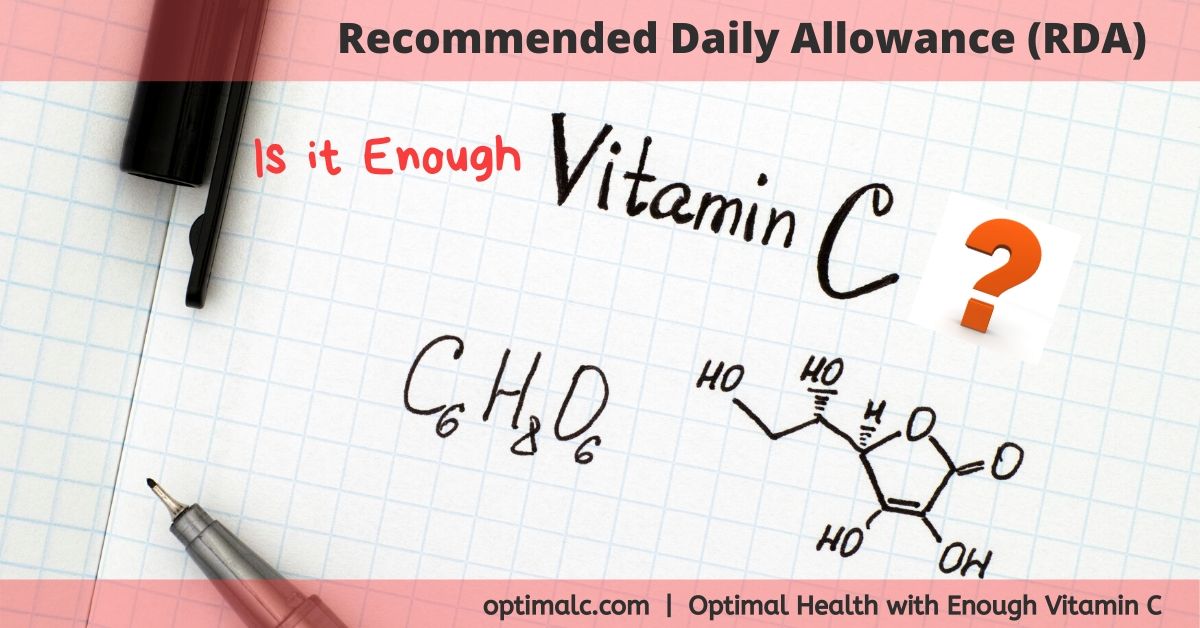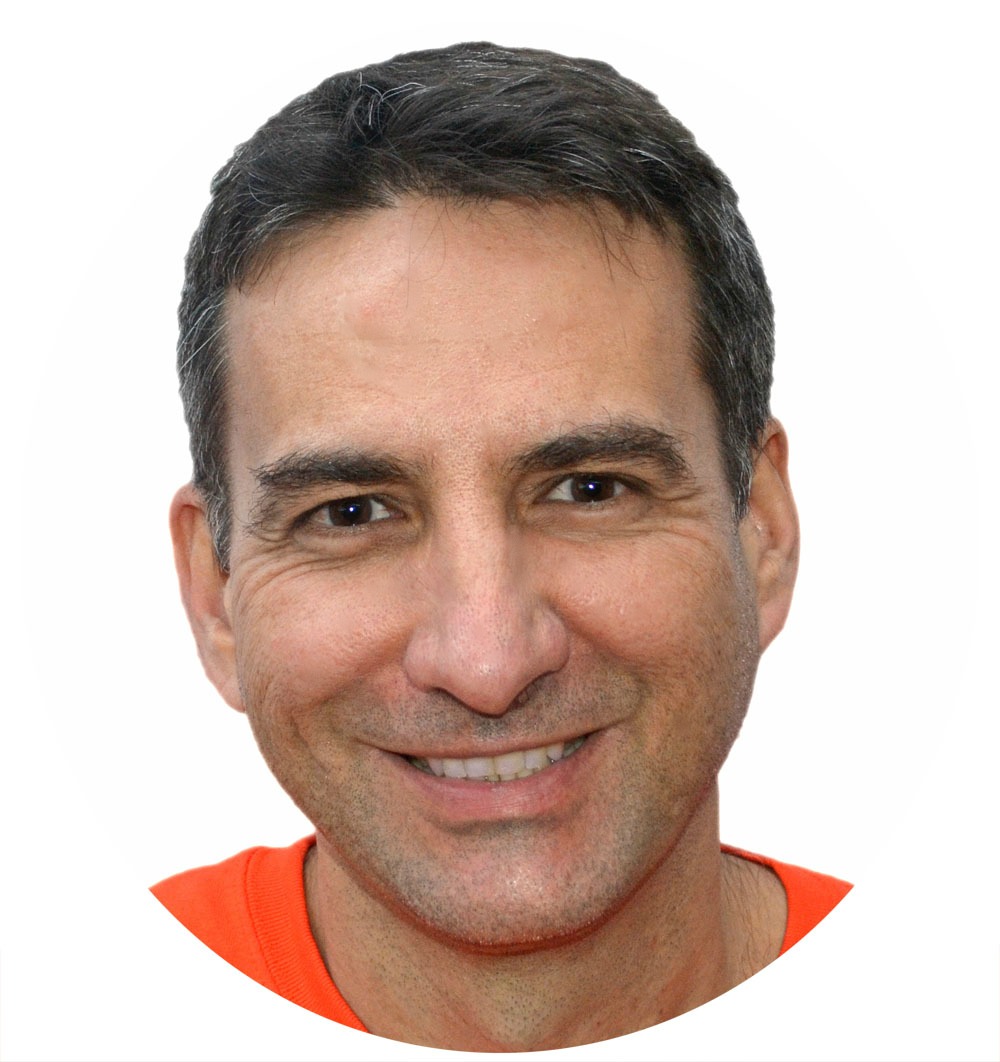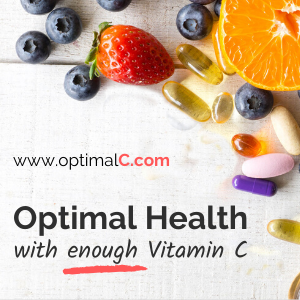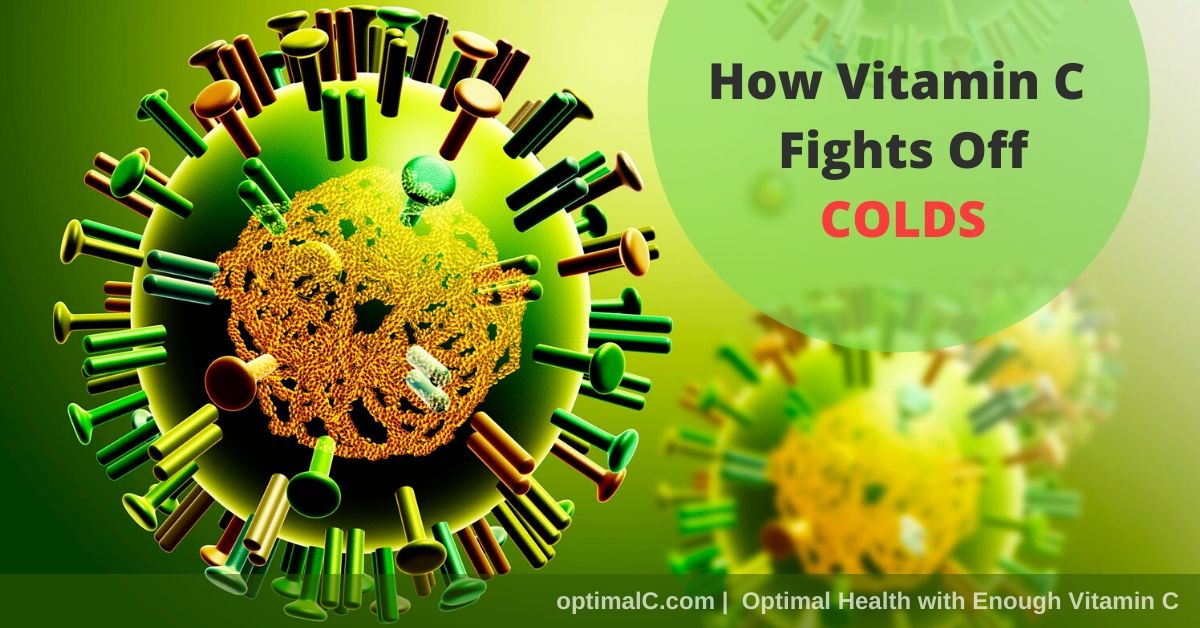Page Contents
Vitamin C RDA: Is it Enough to Prevent and Fight Disease?
By Arturo Galindo, Cert. Nutritional Therapist
What’s the vitamin C RDA value for men and women and are they enough to help you maintain optimal health? Should there be a recommended amount at all?
Many experts question the utility and significance of these values. One reason is that every person is different and has different needs for vitamin C or ascorbic acid.
We've prepared this short video for you. You'll learn what our site is about and how you can use this information to improve your health...
Subscribe and Get Our Free eBook!
 |
Important: Ascorbic acid or vitamin C is more than a vitamin. |
 What’s the vitamin C RDA value for men and women and are they enough to help you maintain optimal health? Every person is different and has different needs for Vitamin C or ascorbic acid.
What’s the vitamin C RDA value for men and women and are they enough to help you maintain optimal health? Every person is different and has different needs for Vitamin C or ascorbic acid.Vitamin C RDA Values
The vitamin C RDA recommendations for men is 90mg and for women is 75mg (1 mg = 1 milligram). The upper limit is set to 2 grams per day or 2,000mg.
The Recommended Daily Allowance (RDA) values are said to meet the nutrient needs of all healthy persons.
In the case of vitamin C, the RDA helps you prevent scurvy or a severe vitamin C nutritional deficiency.
Who sets the vitamin C RDA?
The Food and Nutrition Board sets the RDAs for vitamins and minerals. The board is part of the National Institutes of Health (NIH). And the NIH is part of the U.S. Department of Health and Human Services.
The NIH is the largest biomedical research agency in the world.
RDA for Vitamin C vs Animals
Before we take a deep dive into the method used by the NIH to set the vitamin C RDA values, here’s an important thought to consider.
Many animals make vitamin C in the body. How does the vitamin C RDA values compare to the amount of vitamin C that these animals make?
These animals make large amounts of vitamin C in the liver or the kidneys. How much? It varies per animal but most of them make the equivalent of several grams per day.
For example, rats make between 5 and 15 grams per day as needed. This is an estimate based on the weight of rats compared to a 70kg adult human that receives the same amount of vitamin C via intravenously.
How is the RDA for Vitamin C Set?
Many scientists and clinicians question the utility and significance of the RDA values. For example, vitamin C RDA is said to provide the least risk of inadequacy and toxicity.
But what does inadequacy means? Inadequacy could mean not dying of acute scurvy. But it could also mean reduced risk for many other chronic diseases.
Excretion and Absorption Method
The vitamin C RDA values were set using the excretion and absorption method.
Here’s how it works.
First, they find the amount of vitamin C needed for essential chemical reactions. Then they measure the following:
- How much the body absorbs
- How much the body retains in the tissues
- How much the body excretes
The reasoning is that if you take too much, your body will excrete the excess. If you're not taking enough your kidneys will reabsorb vitamin C and save it for later. This helps you prevent scurvy when your diet is deficient in vitamin C.
The conventional thinking that led to vitamin C RDA values goes like this:
- Your kidneys excrete anything above 200 mg in the urine
- A daily dose of 4-60 mg is enough to prevent acute scurvy
- Anything above 200 mg is a waste of money
What's Wrong?
Dr. Steve Hickey is a vitamin C expert. He researched the method used by the NIH for setting the vitamin C recommendations.
Here’s a summary of the problems he found with this method. Click on each link to find more details, or keep scrolling.
- Blood levels were not measured correctly
- Fails to understand how vitamin C works in the body
- Ignores biochemical individuality
- Small population was used in the experiments
- Assumes animals do not excrete vitamin C
- Used white blood cells
Blood levels were not measured correctly
“To be blunt -- the NIH gave a dose of vitamin C, waited until it had been excreted, and then measured blood levels.” - Dr. Steven Hickey, vitamin C expert.
Basic pharmacology uses steady states to measure blood levels of a substance. A steady-state in the blood is when the rate of input of the substance is equal to its rate of elimination from the body. It depends on short dosing intervals relative to the half-life of the substance in the blood.
In this case, the substance is vitamin C or ascorbic acid. Here’s what’s wrong when the NIH measured vitamin C blood levels:
- The half-life of vitamin C in the blood is 30 minutes. This means your body reduces in half the vitamin C in your blood every 30 minutes.
- Instead of measuring blood levels within 30 minutes, NIH measured blood levels about 12 hours after the dose was given. This is 24 half-lives of vitamin C in the blood.
- The result is that blood levels of vitamin C weren't measured in a steady-state.
This means that the people used in the experiments had eliminated most of the vitamin C from the body before they measured blood levels.
Fails to understand how vitamin C works in the Body
How Your Body Absorbs Vitamin C
Your gut removes Vitamin C all the time.
Also, your body absorbs less with larger doses. For example:
- If you take less than 60mg - Your body absorbs almost all vitamin C
- If you take 180mg - Your body absorbs 80-90%
- If you take 1 gram - Your body absorbs 75%
- If you take 1.5 grams - Your body absorbs 50%
- If you take 6 grams - Your body absorbs 26%
- If you take 12 grams - Your body absorbs 16%
Here are some important considerations
- Sick persons would most like have much higher absorption values with a larger dose
- Once in the body, vitamin C goes to different parts of your body
- Some parts of the body contain higher concentrations than others
How Your body Eliminates Vitamin C
Your body eliminates Vitamin C in the urine. If the dose is low, your body eliminates a small amount. If you take a large dose, your body eliminates more.
Excretion can be in different forms in different proportions
- As ascorbic acid (unchanged)
- As dehydroascorbic acid (oxidized)
- As diketogulonic acid (modified form)
- As oxalate (modified form)
It's important to mention that the more vitamin C you take, the more your body eliminates it as ascorbic acid, unchanged.
Ignores biochemical individuality
The vitamin C RDA assumes all people need the same amount of vitamin C, regardless of age or state of health.
There’s no evidence that the RDA or even the upper limit of 2 grams per day will be enough vitamin C for every person.
Why? Because every person is different and has different needs for different nutrients.
The method used by the NIH is a one-size-fits-all approach. It fails to understand biochemical individuality.
Roger Williams introduced in 1956 the concept of Biochemical Individuality. He stresses the importance that nutrition should be tailored for each unique person.
Why? Because each person has unique nutritional needs.
Small population used in experiments
Several people participated in studies that resulted in vitamin C RDA recommendations.
Dr. Hickey found that only a small number of healthy young adults participated in the studies.
The fact is that we don't know how very young, old or sick people respond.
Assumes animals don't excrete vitamin C
Many animals make vitamin C in the liver or kidneys. Only a few animals can’t, including humans.
The method used to set the vitamin C RDA assumes these animals do not excrete vitamin C. But this is not the case. These animals do excrete the ascorbic acid that they do not use.
As a side note, the reason why we can’t make vitamin C is that we suffer from a condition called Hypoascorbemia. This is a carbohydrate metabolism disease. It means we can’t convert glucose (sugar) to ascorbic acid.
Irwin Stone dedicated 40 years to research ascorbic acid. He found our bodies don't have an enzyme needed for this biological process to work. He also suggested this was the result of a gene mutation as part of evolution.
Use of White blood cells
The NIH used white blood cells in the studies to estimate the vitamin C RDA values.
According to Dr. Hickey, there are other cells that have distinctive ascorbate metabolism. These cells are better suited to measure blood levels instead of white blood cells.
Vitamins vs Drugs: Is There a Bias?
Many experts think there a bias towards drugs when setting RDA values. They believe that the RDA values restrict the practice of Orthomolecular medicine.
Orthomolecular medicine aims to prevent and treat diseases in a natural way. How? It provides the body with optimal amounts of substances which are natural to the body. And this includes vitamins and minerals.
Here's some food for thought.
Physicians adjust the amount of a drug given but the same principle does not apply to vitamins.
It appears that there’s a strong bias towards the use of proper amounts of drugs, but not vitamins and minerals. This includes the proper amounts of vitamin C or ascorbic acid.
“Although physicians, as part of their training, are thought that the dosage of a drug that is prescribed for the patient must be carefully determined and controlled, they seem to have difficulty in remembering that the same principle applies to the vitamins.” – Linus Pauling, only individual to win two unshared Nobel Prizes
The Push to Increase the RDA for Vitamin C
What are the current efforts to revise the suggested vitamin C RDA values?
Dr. Steve Hickey has been in the front line working with the authorities. He studied the NIH research papers and has questioned the method that resulted in the low RDA values.
As part of his efforts, Dr. Hickey sent several letters to the members of the Food and Nutrition Board. He explained why the method used is wrong and has demanded to revise the suggested RDA values.
To this day, Dr. Hickey has not yet received a reply.
Summary
Here’s a summary of what you’ve learned:
- The RDA values exist to prevent scurvy or a severe vitamin C nutritional deficiency. They are not what people need for optimal health.
- If you don't take enough vitamin C you increase the risk of other chronic diseases. Even when you take more than the RDA
- Biochemical individuality is important. Every person has different needs for nutrients. This based on their current state of health.
- Vitamin C experts have asked the NIH to revise the low vitamin C RDA values based on how vitamin C works inside the body. To this day, there's no response.
Should You Take More Vitamin C?
Only you can decide if it makes sense to take doses of vitamin C that are larger than the vitamin C RDA.
But here's more food for thought.
History teaches us that replacing new ideas with old ones takes many years.
For example, it took the medical profession almost 200 years to accept the cure for scurvy.
This cure was a substance inside citrus fruits and other food sources that scientists first called "vitamin C"... and many years later it was also called ascorbic acid. This was after a scientist separated it from food... and found the body needed it in much larger amounts.
You see, people willing to learn and question things are most likely to enjoy the benefits of new ideas. This is before these ideas become accepted by the medical profession.
However long it takes to accept them.
Sources
- Hickey S., Roberts H. (2004) Ascorbate, The Science of Vitamin C
- NIH - Vitamin C Fact Sheet for Health Professionals
 |
By Arturo Galindo I have used vitamin C and nutrition for over 10 years to end my chronic diseases and help my family stay healthy. Learn about our story. |
Subscribe and Get Our Free eBook!
Follow us on Social Media!
How do you feel about what you just read?








Facebook Comments
Have your say about what you just read! Leave a comment in the box below.